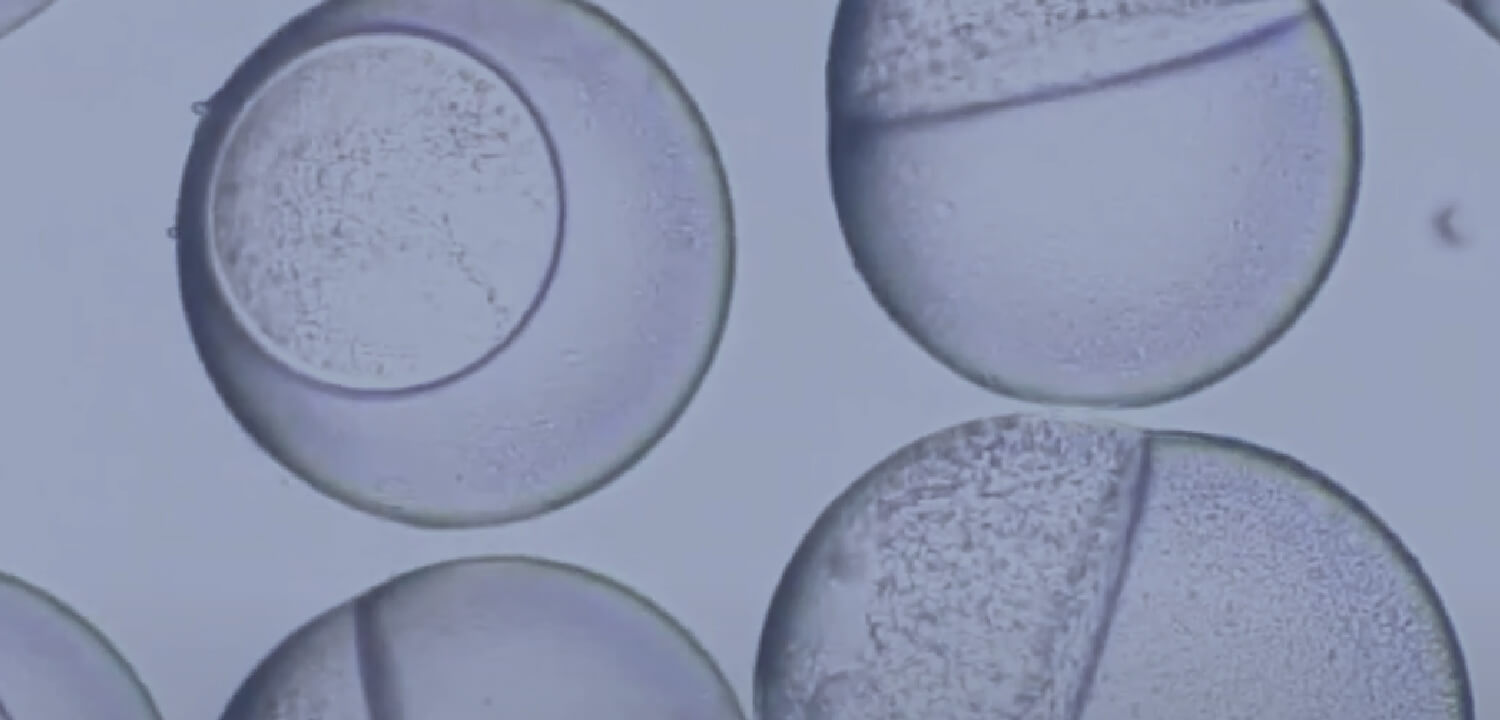

Ionic Liquids
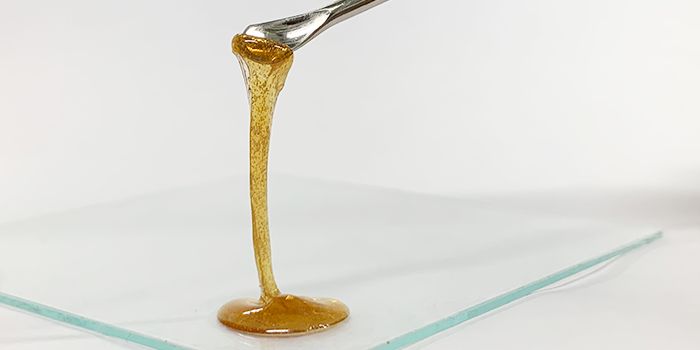
We develop functional materials showing ionic liquid properties such as tunable physicochemical properties, ionic conductivity, carbon dioxide absorption properties, and thermal resistance.
Ionic Liquid-based Coating Agent
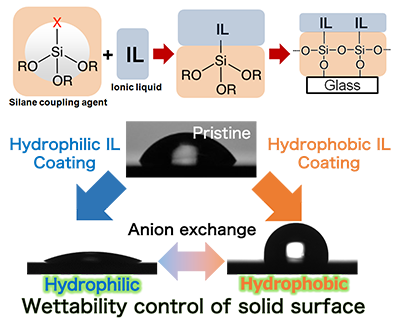 Ionic liquid is a general term for organic salts that are liquid states at room temperature, and the hydrophilic and hydrophobic properties can be controlled by the constituent ions. We have succeeded in synthesizing silane coupling agents with ionic liquid properties (ionic liquid silane coupling agents, ILSCs and control the wettability of material surface by ILSCs coating. We expect that ILSCs can be applied to antistatic agents and surface coating materials.
Ionic liquid is a general term for organic salts that are liquid states at room temperature, and the hydrophilic and hydrophobic properties can be controlled by the constituent ions. We have succeeded in synthesizing silane coupling agents with ionic liquid properties (ionic liquid silane coupling agents, ILSCs and control the wettability of material surface by ILSCs coating. We expect that ILSCs can be applied to antistatic agents and surface coating materials.
Clickable Ionic Liquid Monomers
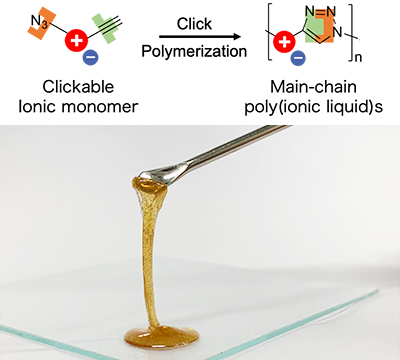 Polymers with an ionic liquid moiety in the main chain are called main-chain poly(ionic liquid)s. These materials are expected to be used in solid electrolytes and sensors due to their excellent ionic conductivity. However, little progress has been made in their development due to the complicated synthesis method.
Polymers with an ionic liquid moiety in the main chain are called main-chain poly(ionic liquid)s. These materials are expected to be used in solid electrolytes and sensors due to their excellent ionic conductivity. However, little progress has been made in their development due to the complicated synthesis method.
We have developed click-reactive ionic liquid monomers. The click reactions using these monomers have made it possible to produce main-chain poly(ionic liquid)s in one-step reaction with only heating. The resultant polymers exhibited excellent ionic conductivity on the order of 10-5 S/cm at 30°C. We are addressing to control the physicochemical properties of main-chain poly(ionic liquid)s by precisely designing monomers.
- References
R. Hirai et al., ACS Omega 6(15), 10030–10038 (2021)
R. Hirai et al., RSV Adv., 10, 37743–37748 (2020)
Tough Poly(ionic liquid)s-based Ion Gels
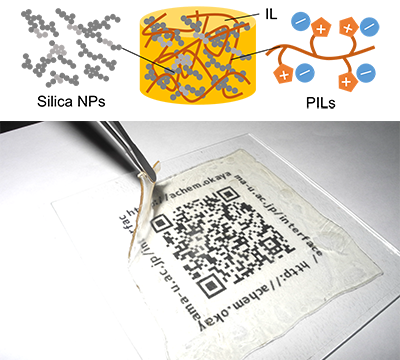 Ion gels are composed of a three-dimensional cross-linked polymer network and an ionic liquid as a solvent. Since ion-gels exhibit non-volatility, carbon dioxide absorption capacity, and high ionic conductivity, they are expected to be used as high-performance carbon dioxide separation membranes and actuators that can operate in harsh environments. However, the mechanical strength of ion-gels is generally low. It is therefore necessary to increase their strength for practical use.
Ion gels are composed of a three-dimensional cross-linked polymer network and an ionic liquid as a solvent. Since ion-gels exhibit non-volatility, carbon dioxide absorption capacity, and high ionic conductivity, they are expected to be used as high-performance carbon dioxide separation membranes and actuators that can operate in harsh environments. However, the mechanical strength of ion-gels is generally low. It is therefore necessary to increase their strength for practical use.
We have found that adding a small amount of nanomaterials such as silica particles to an ion-gel consisting of a cross-linked network of poly(ionic liquid)s increases the toughness of the ion-gel by forming a double network (DN) structure. In addition, the ion-gels exhibit properties that are not seen in conventional hydrogels, such as high heat resistance and water resistance. We study the toughening mechanism of the ion-gels, and to apply iongels to carbon dioxide separation membranes and soft actuators.
- References
T. Watanabe et al., Soft Matter 16, 1572–1581 (2020)
T. Watanabe et al., Soft Matter 19, 2745–2754 (2023)
Y. Mizutani et al., Soft Matter in press (2024)